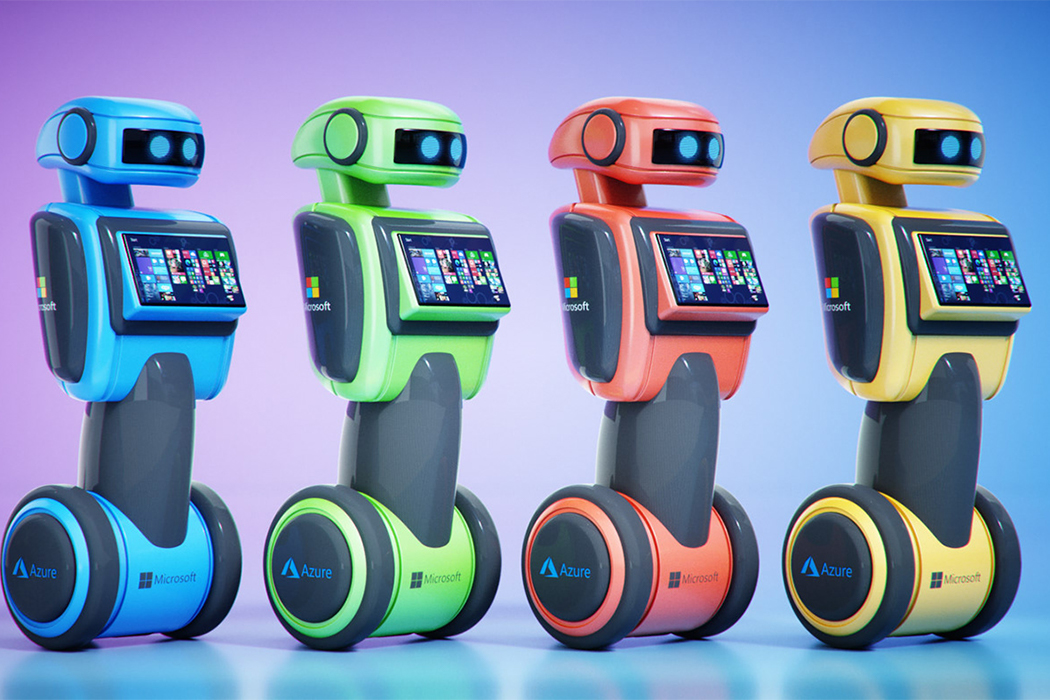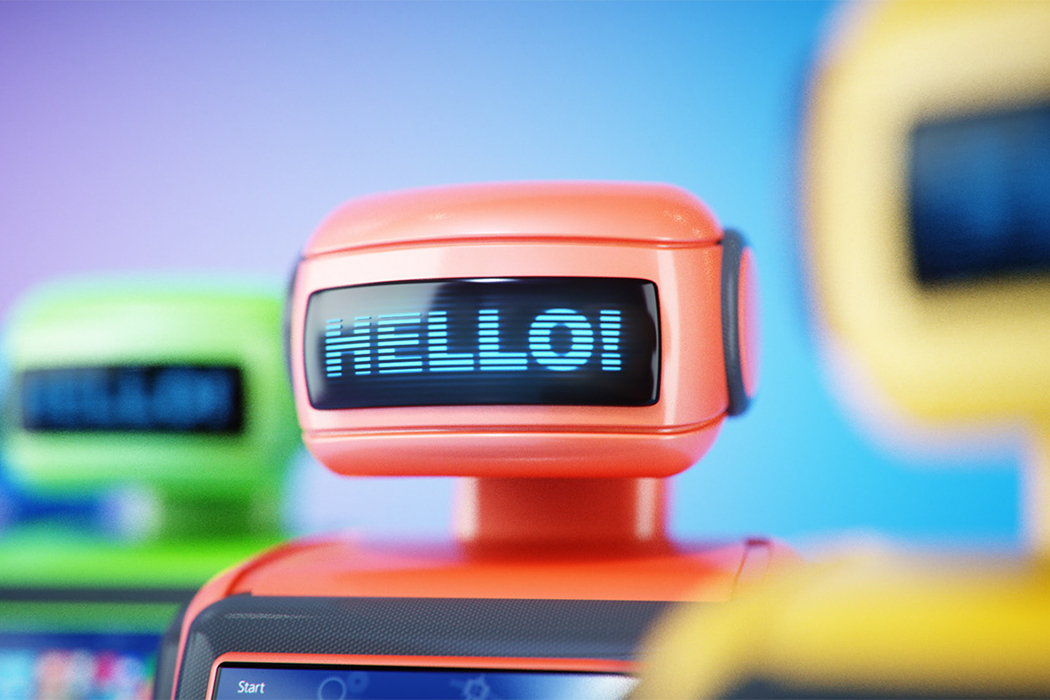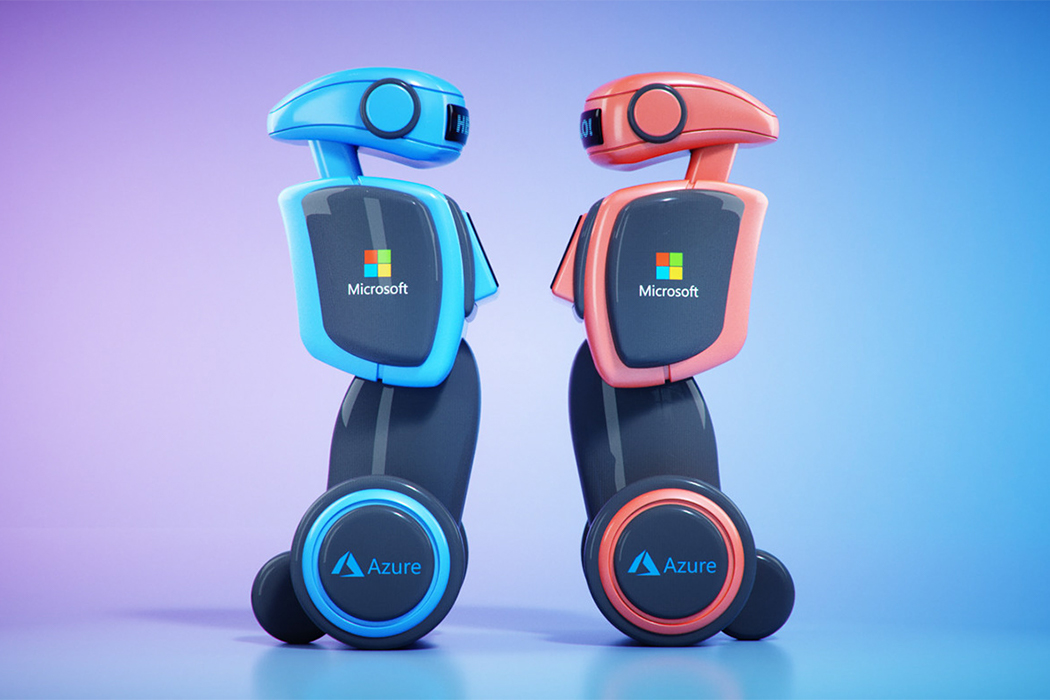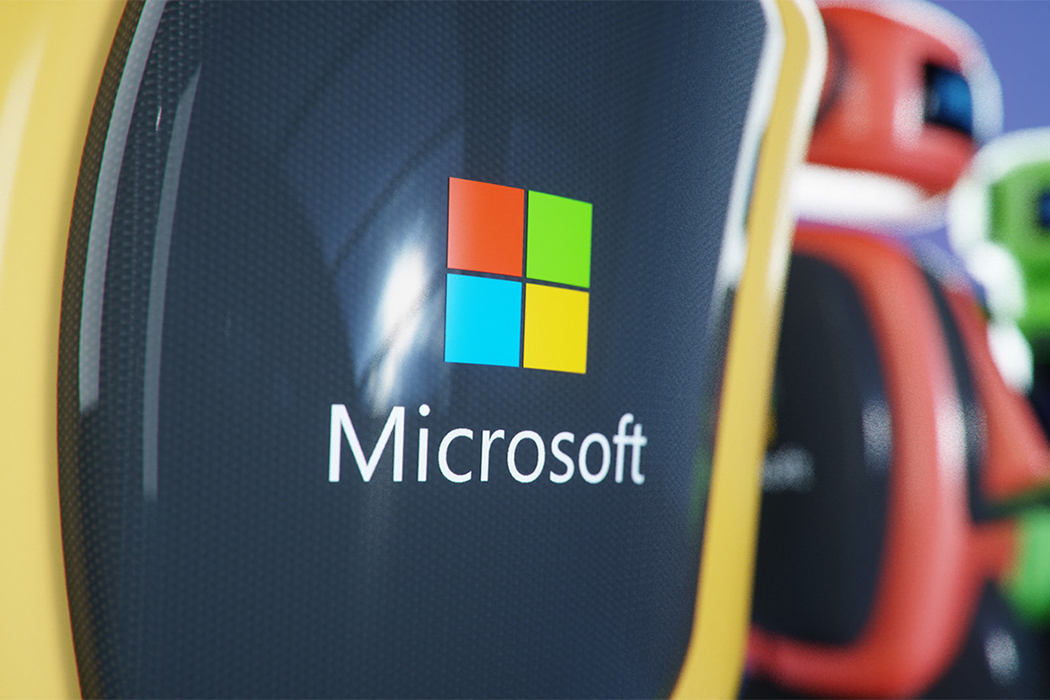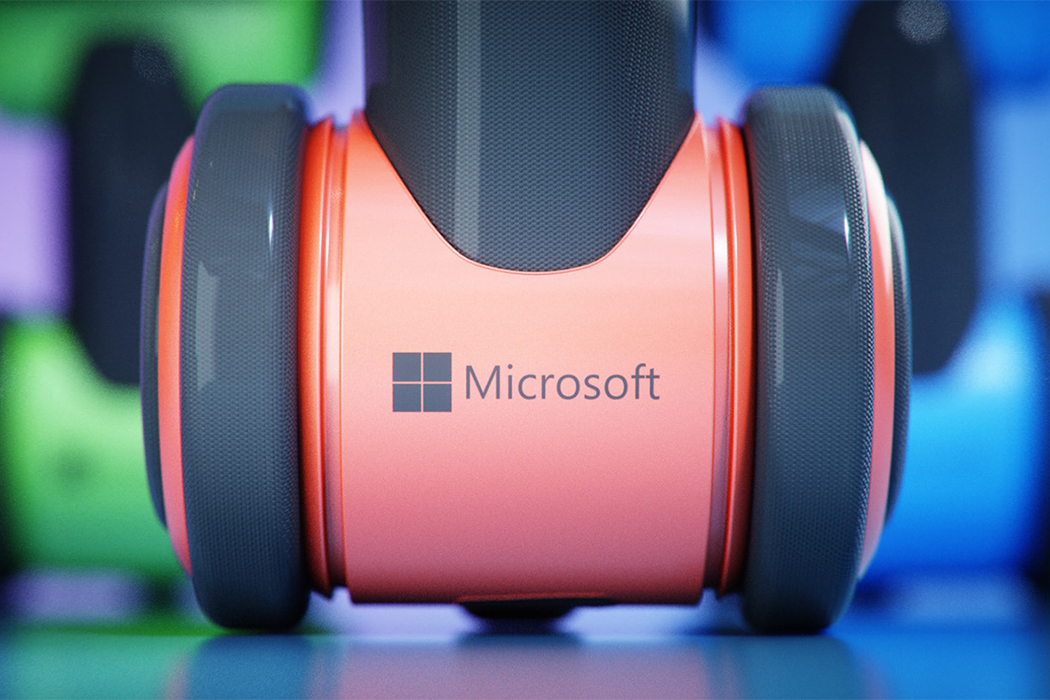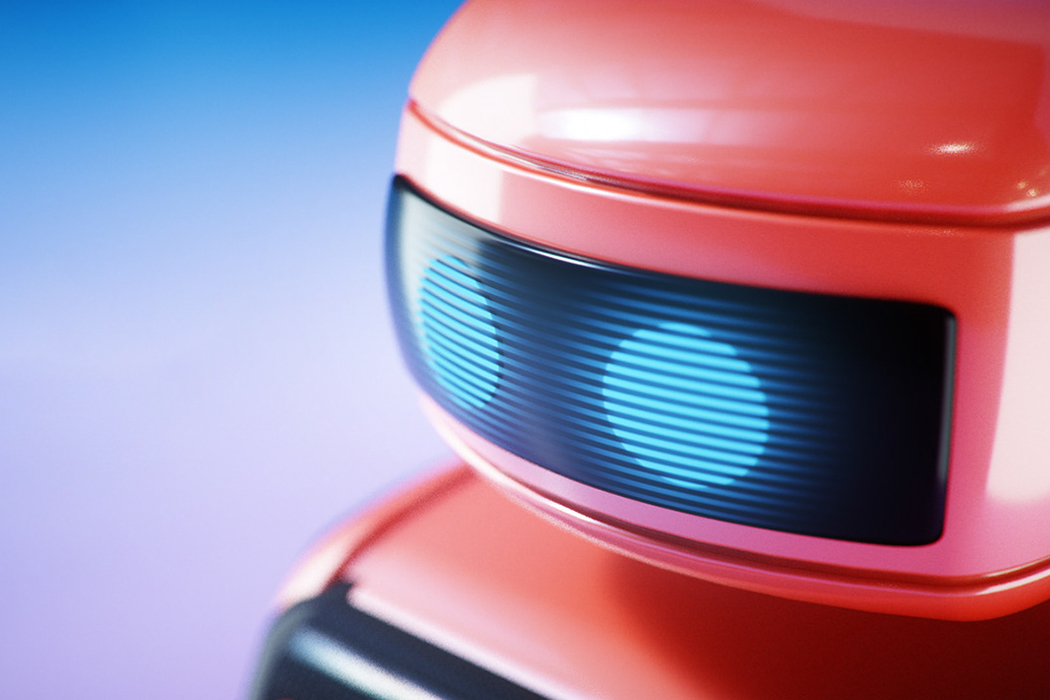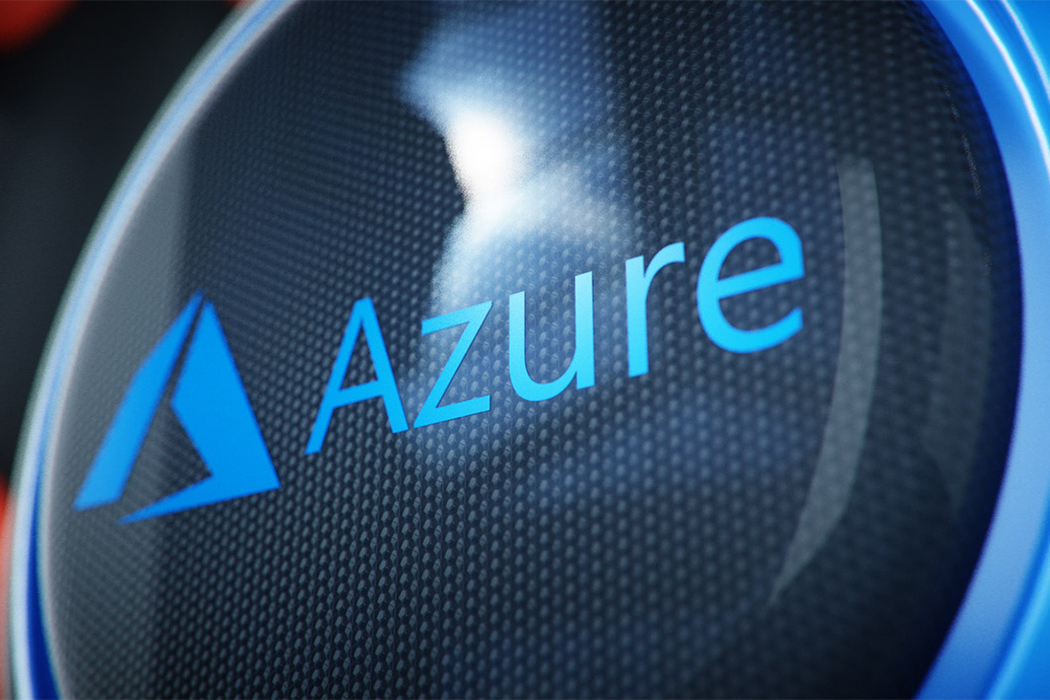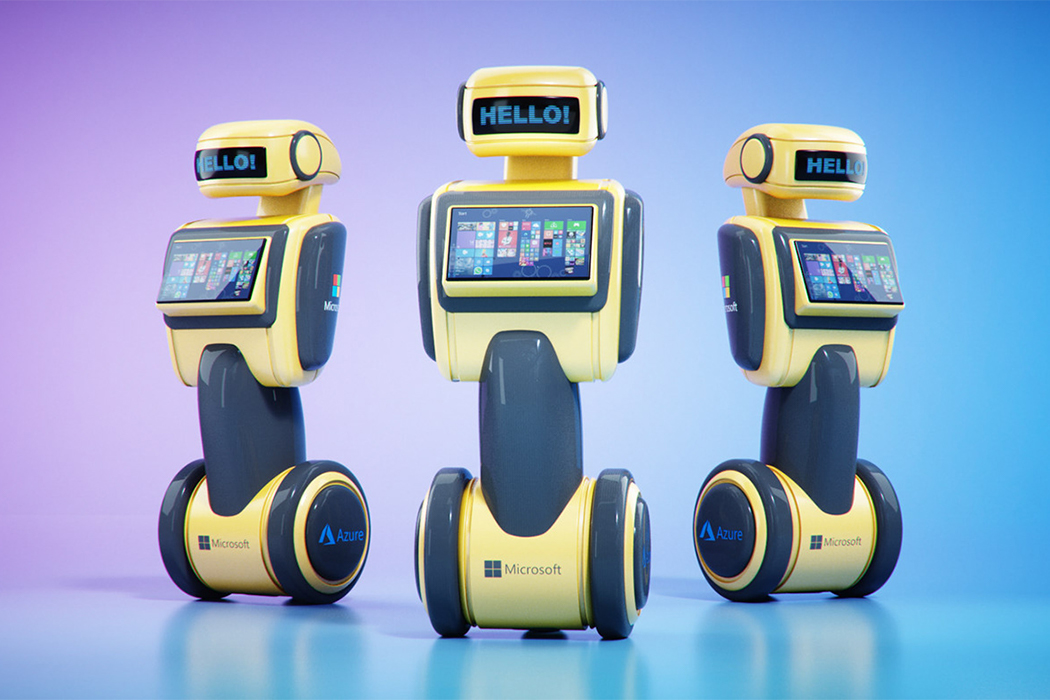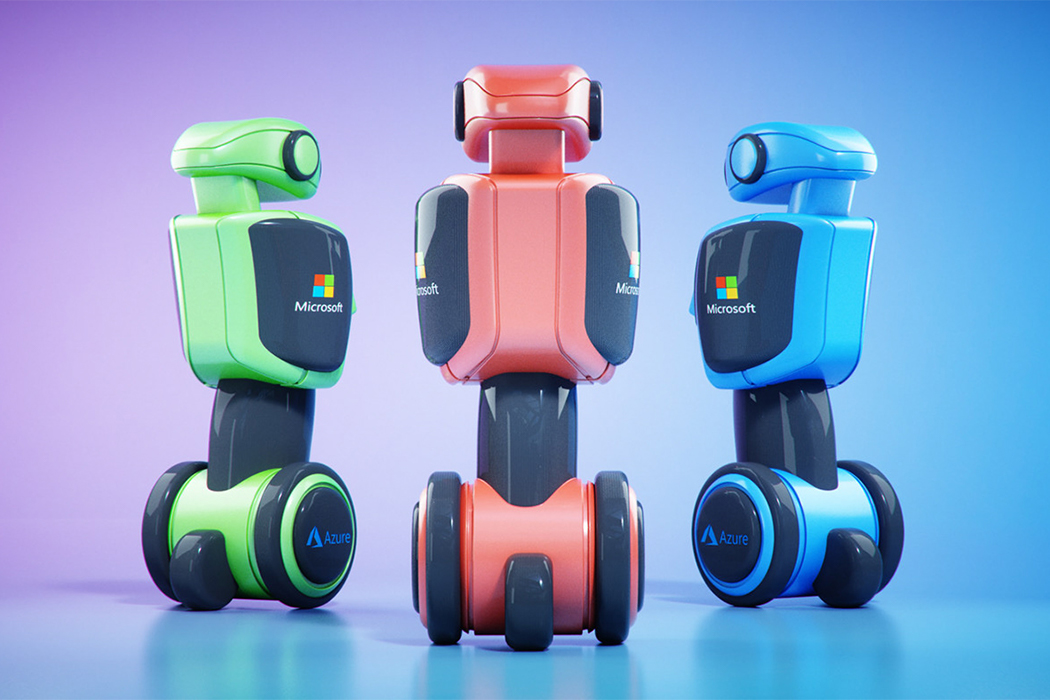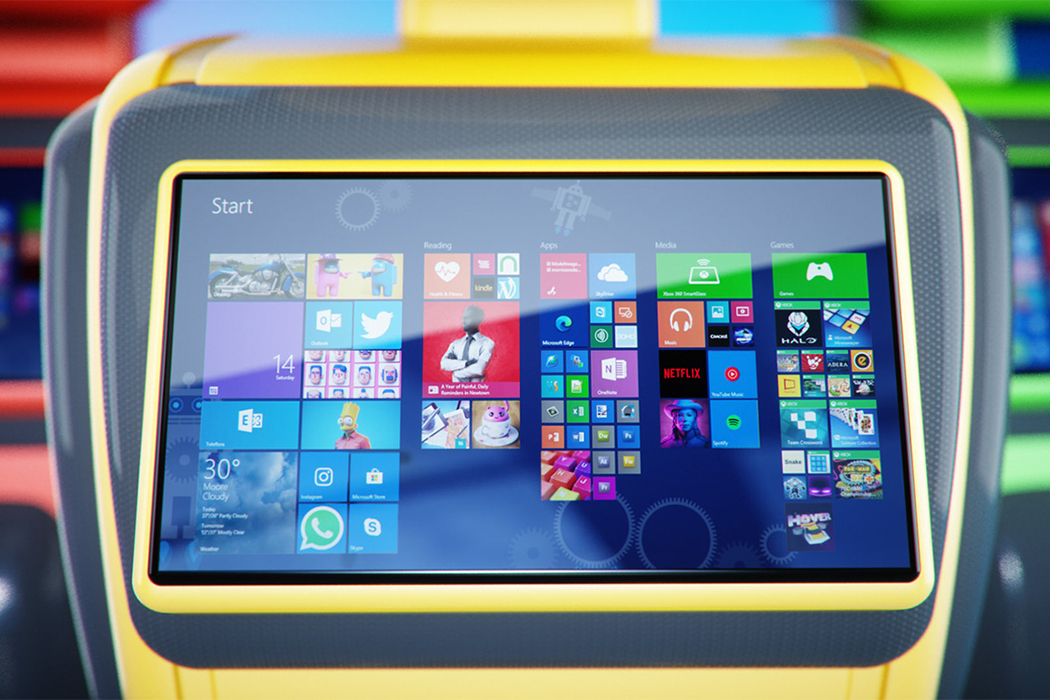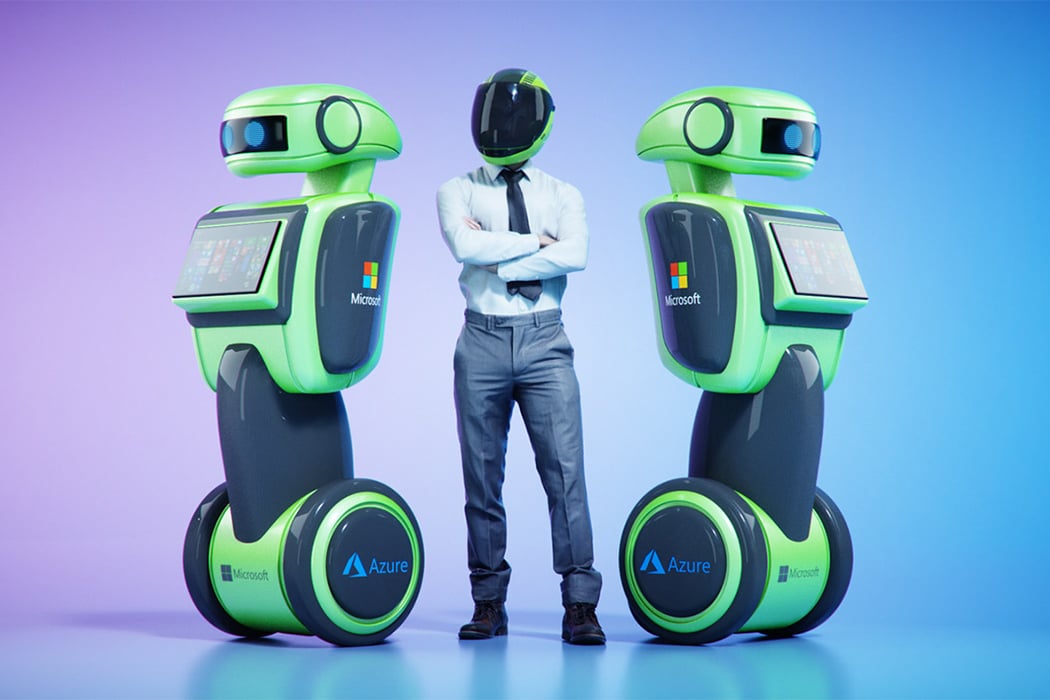Tag Archives: azure
Microsoft opens limited access to its neural text-to-speech AI
Microsoft teams up with Cruise and GM on self-driving cars
Microsoft is reportedly developing its own ARM-based chips for Surface PCs
Microsoft confirms it found compromised SolarWinds code in its systems
Microsoft’s Azure cloud platform will be the brain for their future autonomous robots!
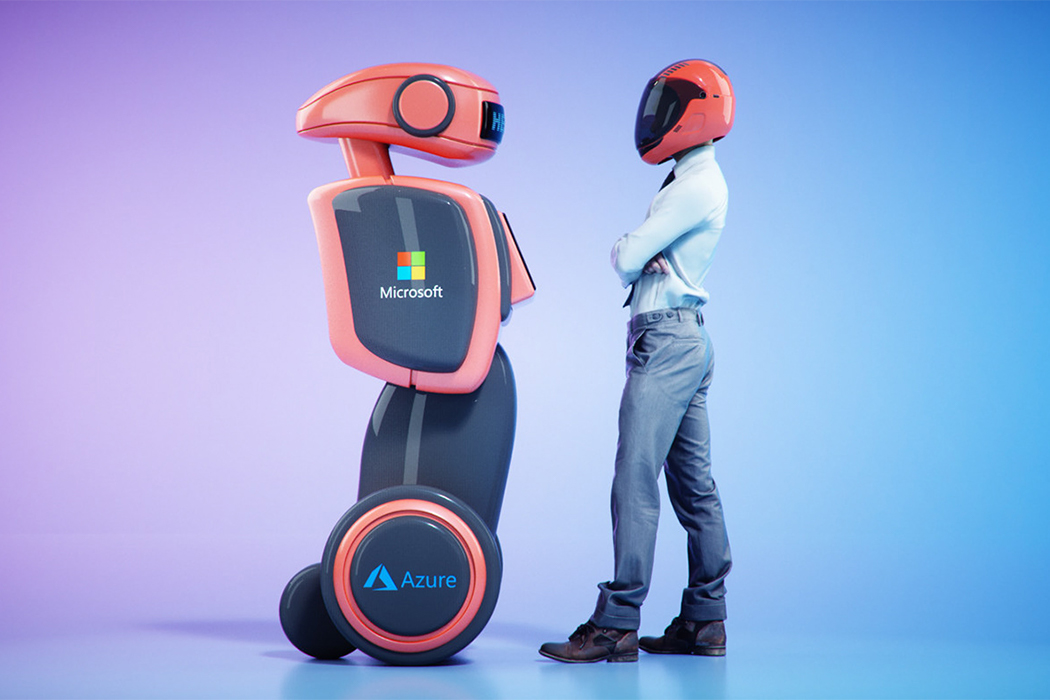
Autonomous Robotic Systems are paving the way for the future, sometimes literally. Everywhere, it seems, new autonomous robots are cleaning the gates of airports and taking our orders at restaurants. Robots are managing real-life situations for the very species that created them, a major technological upheaval, which Microsoft, paired with their Azure cloud computing platform, is helping to move forward. Mohamed Halawany’s Microsoft Azure Robot design was recently recognized by Behance for its intricate render and friendly, futuristic personality.
Depending on what each situation needs, Azure, will compute real-time in the robot in order to deliver help with speed and without any latency. Azure is run by Artificial Intelligence that provides users with a customizable space to work, save, share, and connect through multi-functional, serverless software. Halawany’s robot renders for Microsoft Middle East, mimics the physical disposition of a human being, but operates through AI on a serverless, scalable platform. The main screen on Halawany’s rendering of a robot is the classic homepage for Microsoft users: a grid, lined with applications and software analytics, that organizes all a user might need in order to put the functions of an autonomous robot to use.
The potential and capabilities of autonomous robots change with different users’ needs. The robot’s operating system adheres to each individual’s inquires and predicts how each user might interact with AI technology based on previous use. The cloud program, Azure, offers cross-platform collaboration, real-time speech translation, face-tagging analytics, voice-identification capabilities, and diagnostic monitors that take care of software trouble, among other features. This technological adaptation to distinct human needs is a result of detail-oriented software development that is ever-changing and expansive with consistent use. Additionally, the exterior of Halawany’s robot is customizable according to the user’s preferences. In a world that will soon prioritize the development of AI-technology, the creativity in design that brings software and impressive technology into focus will be what bridges emotion with robotics. Check out Mohamed Halawany’s render on Behance and scroll through the photos below.
Designer: Mohamed Halawany x Microsoft
